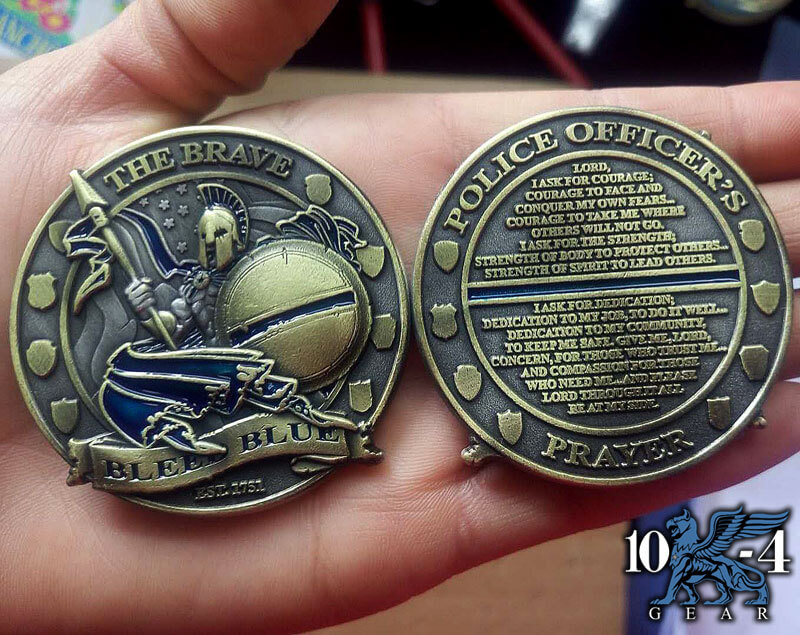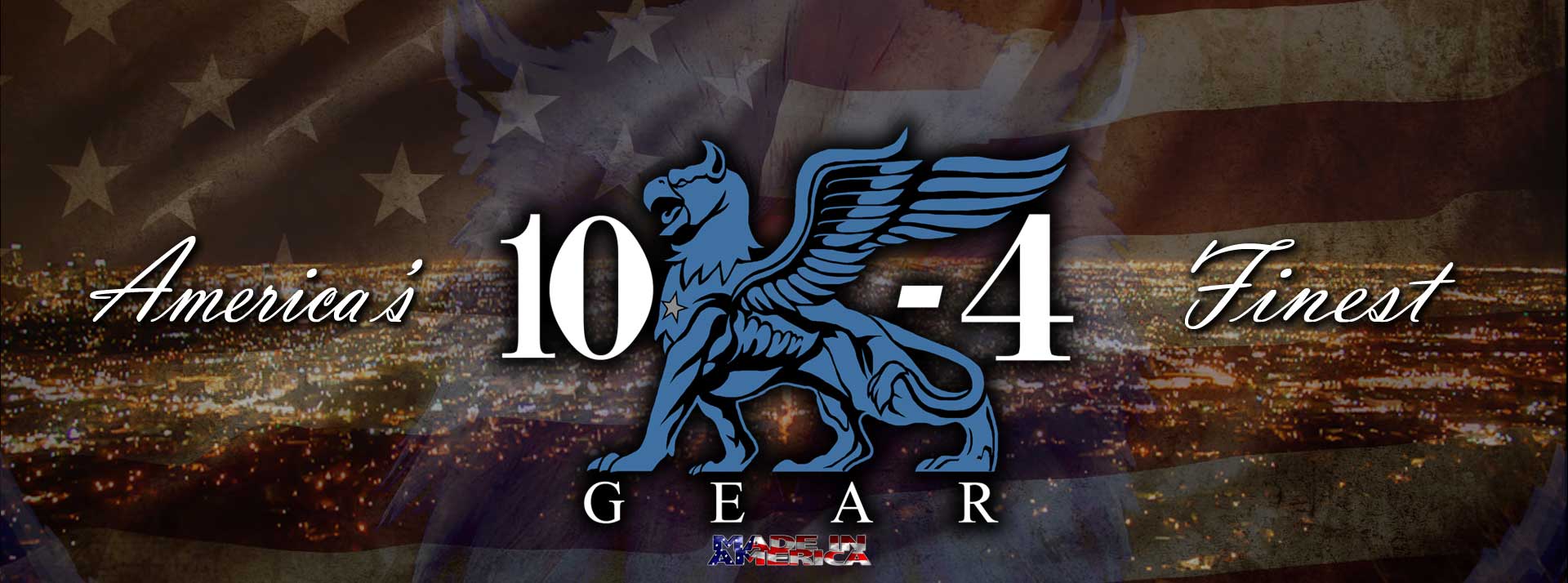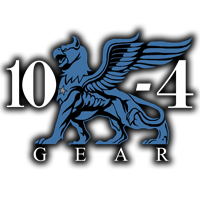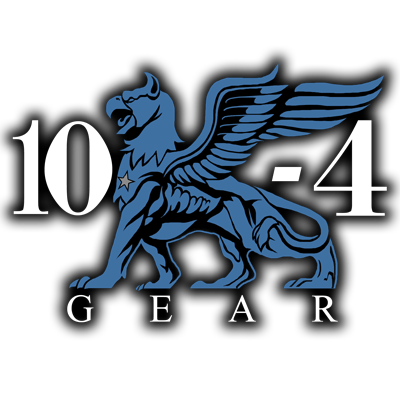In a society governed by laws, the role of police and law enforcement agencies is paramount. From maintaining public order to ensuring the safety of communities, these dedicated professionals work tirelessly to uphold justice. However, have you ever wondered about the hierarchy within these organizations? The ranks and responsibilities within the police force can sometimes be complex and intriguing. In this blog, we delve into the world of police and law enforcement ranks, uncovering the distinct roles and responsibilities that each rank entails. Join us as we unravel the structure of these crucial institutions, gaining insight into the diverse roles performed by the men and women who protect and serve.
- Entry-Level Ranks:
- Police Officer: The frontline of law enforcement, police officers patrol assigned areas, respond to emergency calls, enforce laws, conduct investigations, and maintain public safety.
- Supervisory Ranks:
- Sergeant: As a first-level supervisor, sergeants oversee a group of officers, providing guidance, mentoring, and evaluating their performance. They also assist with investigations and manage critical incidents.
- Lieutenant: Responsible for supervising multiple sergeants and officers, lieutenants coordinate and allocate resources, develop strategies, and ensure compliance with policies and procedures.
- Mid-Level Command Ranks:
- Captain: Captains serve as division commanders, overseeing multiple units or specialized divisions within a police department. They manage personnel, set goals, and develop policies to enhance overall efficiency.
- Major/Inspector: Majors or inspectors operate at a higher level of command, responsible for overseeing multiple divisions or bureaus within a police agency. They play a crucial role in strategic planning, policy development, and maintaining community relations.
- High-Level Command Ranks:
- Deputy Chief/Assistant Chief: Deputy chiefs or assistant chiefs work closely with the police chief, assuming a critical role in shaping departmental policies, managing resources, and providing leadership to lower-ranking officers.
- Police Chief/Sheriff: As the highest-ranking law enforcement official in a police department or sheriff’s office, the police chief or sheriff sets the overall vision, establishes departmental goals, manages budgets, and represents the agency to the public and other stakeholders.

Roles and Responsibilities:
- Enforcing laws and regulations to maintain public order and safety.
- Conducting investigations, collecting evidence, and apprehending suspects.
- Protecting and serving the community through proactive patrolling and emergency response.
- Collaborating with other agencies and departments to address complex crimes and maintain public safety.
- Engaging in community outreach programs, fostering positive relationships, and addressing community concerns.
- Training and mentoring officers to enhance their skills and knowledge.
- Developing and implementing policies and procedures to ensure effective operations.
- Participating in specialized units such as SWAT teams, K-9 units, narcotics, forensics, and traffic divisions.
- Providing support and assistance during major incidents, disasters, and emergencies.
- Serving as a role model, maintaining integrity, and upholding ethical standards.
Conclusion:
Police and law enforcement agencies play a pivotal role in maintaining law, order, and public safety. The ranks within these organizations reflect a hierarchical structure that allows for effective leadership, coordination, and resource management. Each rank carries specific responsibilities, from frontline officers patrolling the streets to high-ranking officials shaping departmental policies. Together, they work diligently to ensure the well-being and security of communities they serve. By understanding the roles and responsibilities within these ranks, we can gain a deeper appreciation for the dedication and professionalism demonstrated by police and law enforcement personnel on a daily basis.



